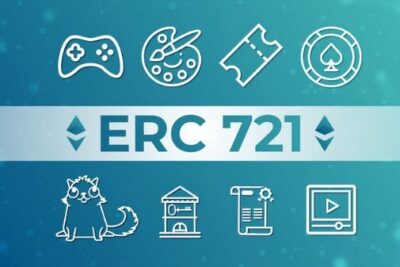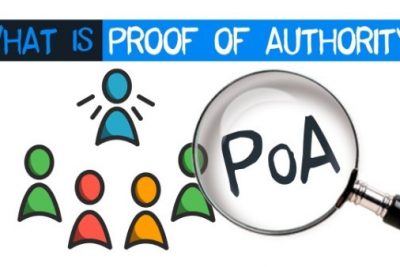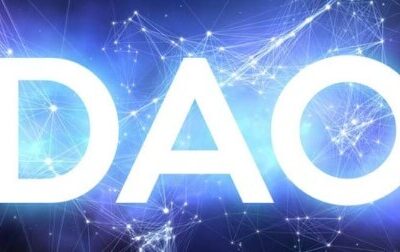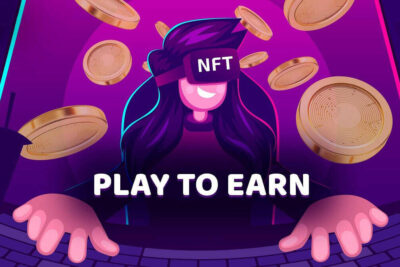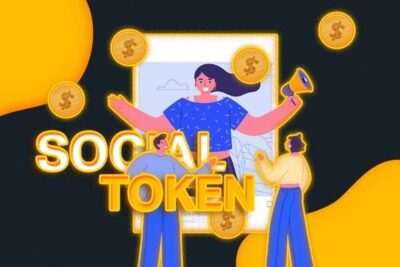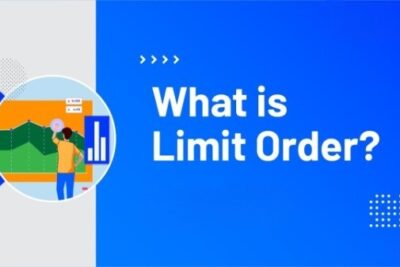

What Is ERC-721 Token Standard? The First NFT Token Standards On Ethereum
23 July 2022
The future of NFTs and the future of ERC-721 tokens are part of a related but not identical narrative. ERC-721 was the first NFT token standard for Ethereum. It paved the way for the current proliferation and applications of NFTs. Since the introduction of ERC-721 in 2017, more NFT-compatible token specifications have arisen, notably ERC-1155.
The purpose of these new NFT standards is to address some of the most significant issues with ERC-721 coins. For instance, ERC-721 has limited interoperability with other standards, such as the widely used ERC-20. Moreover, ERC-721 tokens use a substantial amount of blockchain space. As a result, they may generate network congestion, resulting in large transaction costs that can make them prohibitively costly.
Together with bePAY to explore what is ERC-721 token standard and how it works in this insightful post.
What Is ERC?
ERC stands for Ethereum Request for Comments. This is not a technology or platform; rather, it gives technical building help to developers. There are ten final Ethereum Requests for Comments as of December 2018. These are ERC-1167, ERC-1155, ERC-721, ERC-190, ERC-181, ERC-165, ERC-162, ERC-137, ERC-55, ERC-20.
ERCs may be created by developers that submit an Ethereum Enhancement Proposal (EIP).
Due to ERC-20 interface limitations, William Entriken, Dieter Shirley, Jacob Evans, and Nastassia Sachs established ERC-721 – The Non-Fungible Token Standard. By use of an Ethereum Improvement Proposal (EIP) created on January 24, 2018.
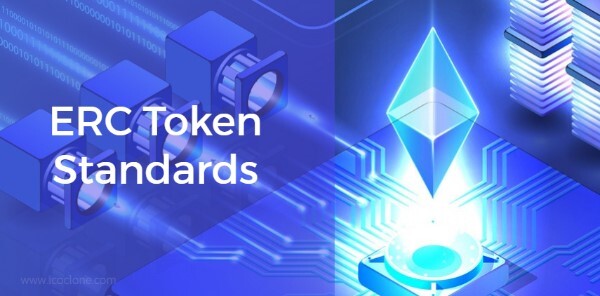
What is the ERC standard stand for?
Cryptokitties, a famous decentralized Ethereum application, utilizes ERC-721 to produce unique digital collectibles in the shape of cats. The value of each distinct kitten varied in the marketplace, as determined by the platform’s users. Each individual kitten fetches a distinctive price; hence, each token must be distinct.
To generate an ERC-721 token, the contract must adhere to both the ERC-721 and ERC-165 interface specifications.
What Is ERC-721 Standard?
What is the ERC-721 token, ERC stands for Ethereum Request for Comment, and 721 is the identification number for the proposal. ERCs are application-level standards inside the Ethereum ecosystem; they may serve as smart contract standards for tokens such as ERC-20, and the author of an ERC is responsible for achieving agreement among the Ethereum community.
The proposal becomes a standard once it has been reviewed and approved by the community. Here you can monitor the latest ERC proposal. ERC-721 was designed to facilitate the tracking and transfer of NFTs inside smart contracts.

What is ERC-721 token standard?
ERC-721 is an open standard that explains how to generate Non-Fungible tokens on EVM (Ethereum Virtual Machine) compliant blockchains; it provides a standard interface for Non-Fungible tokens, and it contains a set of rules that make working with NFTs simple. NFTs may also be ERC-1155 tokens in addition to ERC-721 tokens.
The features and events are specified by the ERC-721 standard: ERC-721 specifies many ERC-20-compliant functions. This facilitates current wallets’ ability to show basic token information.
ERC20 Features
Name: Defines the name by which other contracts and apps may identify the token.
Symbol: Defines the shorthand name or symbol of the token.
TotalSupply: This function defines the total quantity of tokens on the blockchain; the supply does not need to remain constant.
BalanceOf: Returns the number of NFTs that an address has.

ERC20 features
Ownership Features
OwnerOf: This method returns the e-mail address of the token’s owner. As each ERC-721 token is non-fungible and has a unique identifier, it is represented on the blockchain by an identifier. This ID may be used by other users, contracts, and applications to identify the token’s owner.
Approve: This function gives another entity permission to transfer tokens on behalf of the owner.
TakeOwnership: This is an optional function that works as a withdraw function, since it may be used by a third party to remove tokens from another user’s account. Therefore, takeOwnership may be used by a user who has been granted permission to possess a particular number of tokens and desires to remove them from another user’s balance.
Transfer: This is another form of transfer function; it enables the token’s owner to transfer the token to another user, similar to other digital tokens/coins.
TokenOfOwnerByIndex: This is a recommended but optional function. Each owner may simultaneously hold several NFTs. Every NFT has a unique identifier, and ultimately it might become impossible to keep track of the IDs. Consequently, the contract keeps these IDs in an array, and the tokenOfOwnerByIndex method allows us to access this information.
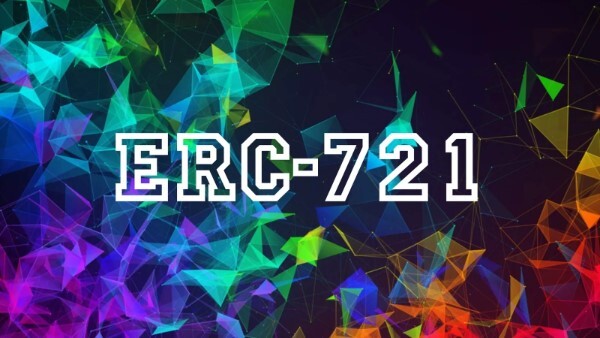
Ownership features
Metadata Features
TokenMetadata: Is an interface that enables the discovery of a token’s metadata or a connection to its data.
Transfer: This event is triggered when the token’s ownership is transferred from one person to another. It emits information on the account that transferred the token, the account that got the token, and the token that was transferred (by ID).
Approve: This event is triggered anytime the approve function is run, i.e., when a user authorizes another user to assume possession of the token. It broadcasts information on which account now owns the token, which account is authorized to assume ownership of the token in the future, and which token (by ID) is authorized to have its ownership transferred.
>> Let’s check out top 15 most expensive NFTs in the world updated
ERC721 In Comparison With Others
ERC721 Vs ERC20
The ERC721 vs ERC20 tokens form the basis of Ethereum’s vibrant ecosystem. They serve as the basis for establishing smart contracts, which are the fundamental components of current blockchain-based decentralized systems. Developers must comprehend the distinctions between ERC721 vs ERC20 in order to choose the optimal token standards.
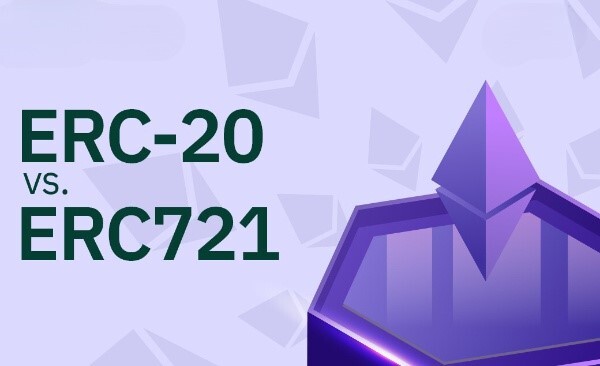
ERC-721 with other standards
The two token standards have significant differences in their respective methods for expressing asset ownership and allowing for flexible access. Due to the increasing demand for NFTs, ERC-721 tokens are now a very popular issue. However, the fundamental functionality of ERC-20 tokens cannot be ignored under any circumstances. Learn more about ERC tokens and choose which solution is best for your use cases.
Let’s see the quick comparison of ERC721 vs ERC20:
| Criteria | ERC-20 | ERC-721 |
| Fungibility | Fungible in nature. | Non-fungible in nature. |
| Token identity | There is no specific disparity among the different tokens. | Each token has a specific identity and could be easily distinguished. |
| Collecting tokens | ERC-20 tokens are not collectible. | You can collect ERC-721 tokens like fiat currency. |
| Value fluctuation | The value of ERC-20 tokens remains the same | The value of ERC-721 tokens fluctuates according to rarity and uniqueness. |
| Adoption | Commonly adopted. | Limited levels of acceptance. |
| Substitutes | Easier for substitution. | No scope for substitution. |
| Divisibility | Can be divisible into decimals. | ERC-721 tokens are not divisible. |
| Ownership Functions | No special ownership functions are allocated. | ERC-721 tokens can enable special ownership functions. |
>> Learn more about ERC20 token standards in this fulfillment post
ERC721 Vs ERC 1155
The most important distinction between ERC721 vs ERC 1155 relates to how ERC 1155 solves the restrictions of ERC 721. While ERC-721 provided the basis for non-fungible tokens, ERC-1155 provides the necessary characteristics for future NFTs. Once you begin to investigate the definitions of both token standards, you will discover several significant variances.
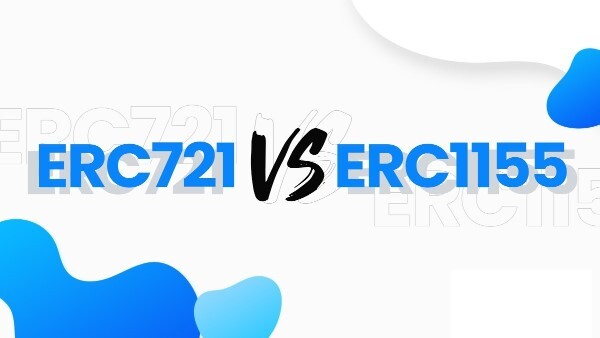
ERC721 with ERC 1155
However, ERC-1155 has the upper hand in terms of the long-term outlook for NFTs. The introduction of semi-fungible tokens and batch transfers of non-fungible tokens has been made possible by the 2019 standardization of tokens. In reality, the ERC-1155 token standard may enhance the usage of NFTs and eliminate their obstacles. Learn more about the token standards and their effects on the crypto environment as a whole.
Let’s see the quick comparison of ERC721 vs ERC 1155:
| Criteria | ERC 721 | ERC 1155 |
| Ease of use | Individual transactions and smart contracts are required for each token type. | Single, smart contracts of ERC-1155 tokens can support multiple functions. |
| Batch transfers | No support for batch transfers. | You can use a single, smart contract for batch transfers. |
| Support for semi-fungible tokens | Only supports the creation of non-fungible tokens. | Supports the conversion of fungible tokens to NFTs and vice versa. |
| Security
assets |
Impossible to revert transactions after transferring assets to the wrong address. | Safe transfer function enables verification of transaction validity and reverses the transactions. |
FAQs About ERC-721 Token
What Are ERC 721 Specifications?
ERC-721 is a free and open standard describing how to create non-fungible or unique tokens on the Ethereum network. While the majority of tokens are fungible (each token is identical to every other token), ERC-721 tokens are completely distinct. Consider them to be unusual, unique collectibles.
What Is The Top Best ERC-721 Tokens List?
Using the token tracker and you will find out the best ERC-721 tokens list. Let’s check the ERC721 token example list to see all transactions and details of them. Here is an ERC721 token example list tracker.
How May ERC-721 Tokens Be Created And Deployed?
- Step1: Getting test ETH. Our contract will be deployed through the Ropsten testnet. Then, we are going to add files to IPFS.
- Step 2: The next step is to upload files to the IPFS.
- Step 3: Token creation. We will use the ERC-721 contract to facilitate the development of NFTs.
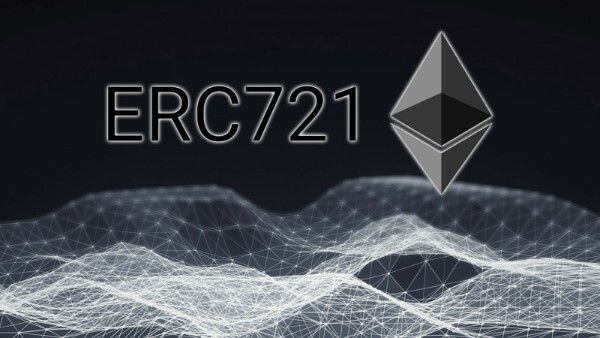
Some questions about ERC 721 standard
Closing Thoughts
You‘ve learned what is ERC-721 token standard as well as its features when compared with other standards. ERC-721 will undoubtedly play a role in the development of NFTs. Although they may not be the optimal use case for things like gaming or digital art, they may serve use cases at the confluence between blockchain and real-world assets such as property, digital identity, commodities, and more.
Ethereum is not the only blockchain capable of supporting NFTs. In recent years, more smart contract blockchains such as BNB Chain and Avalanche have arisen, each hosting its own NFTs. Many of these new token standards are based on ERC-721, such as BEP-721 and SNIP-721 from BNB Chain and Secret Network, respectively.
Nonetheless, ERC-721 continues to help tokenize everything that is unique. This may refer to anything from a person’s birth certificate to their property, art, or even rare video game items. The most fascinating possibility will be seeing how ERC-721 tokens might be used in smart contracts to generate whole new business models and transactional methods.
NFTs, whether ERC-721 or otherwise, are in their infancy. NFTs allow us to tokenize everything that is unique and use blockchain technology to validate evidence of ownership. This is a potent idea that is only starting to be investigated. The only limitation on the future of NFTs is our ability to identify new and unique applications for the technology.

Cryptocurrency Explained: What Is Meme Coin In Crypto?
22 March 2022